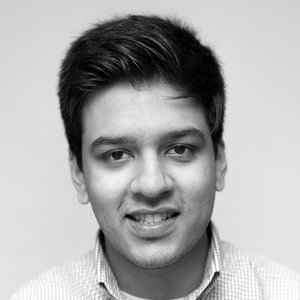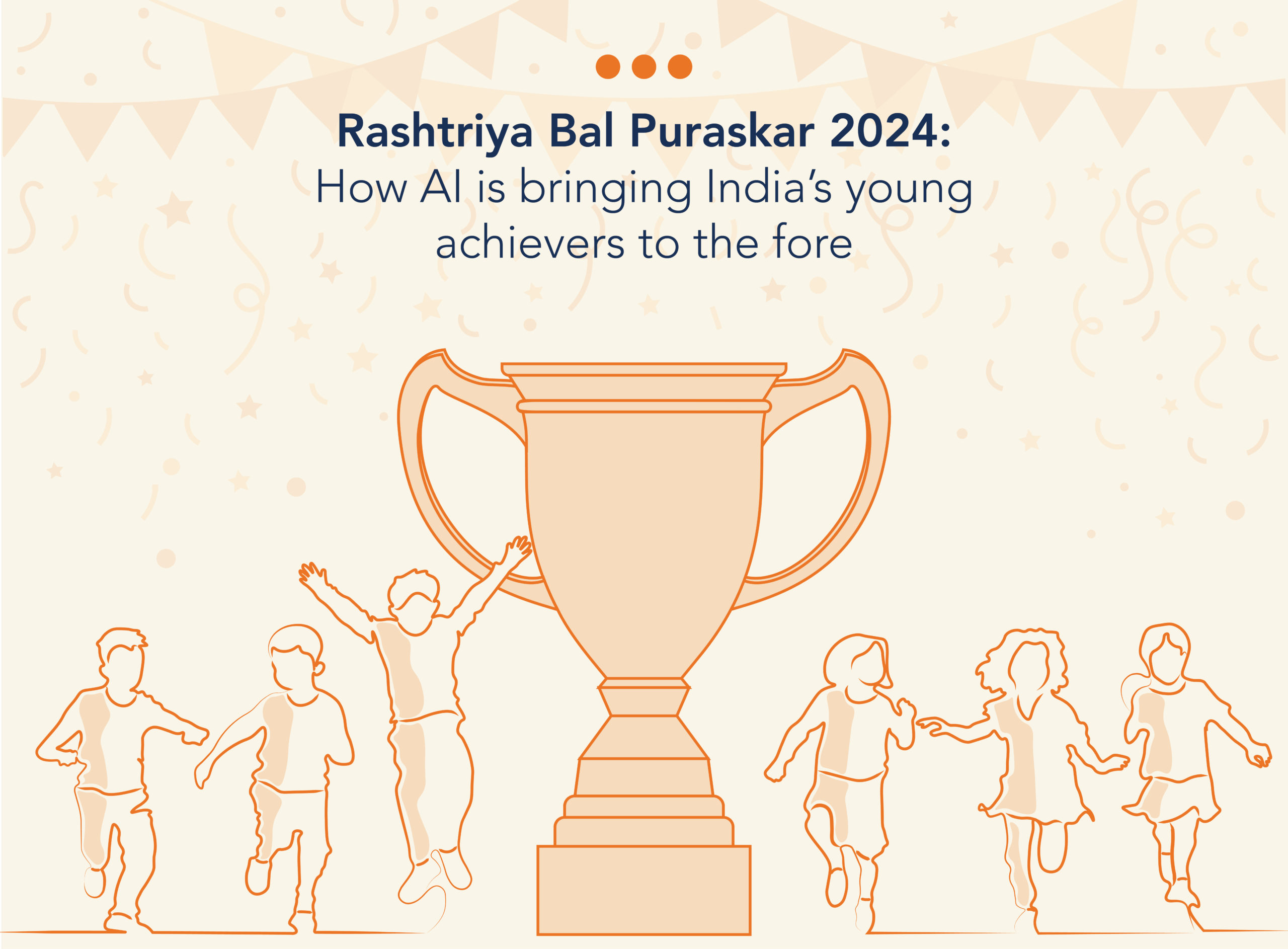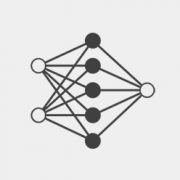“If I was given one hour to save the planet, I would spend 59 minutes defining the problem and 1 minute resolving it.” — Albert Einstein
At Wadhwani AI, we practice an integrated and multidisciplinary approach to problem-solving, where expertise in each area is woven into a common tapestry. We use this metaphor primarily to describe the way we work internally — from domain experts who understand complex issues in their fields, to designers and user experience researchers who dream up systems and processes, to AI/ML scientists and engineers who build the actual models and solutions. However, it is also a description of our approach to working with partner organisations, most significant of which are our government partners. With them, we roll-up our sleeves to identify and analyse problems for which we then build AI-powered solutions to create as large an impact as we can.
A problem-solving mindset
Wadhwani AI occupies a niche position in the nonprofit sector in India. We are a group of committed innovators building solutions for social impact, in close coordination with the social innovation ecosystem, including the last-mile user. For organisations like ours, working with the public sector from the very beginning helps to approach potential solutions from the lens of problem-identification rather than creating a tool and then looking for a problem to solve with it.
In applied problem-solving, the challenge lies largely outside the laboratory. To observe, analyse, solve, and scale, we must first come to terms with the fact that our work exists within a social, economic, and political context. For our work to reach the people we set out to help, we work alongside various stakeholders at the national and regional levels, and align to the long-term policies and vision of the government.
For the highly specialised work we do, the government is our most important partner and stakeholder.
Expecting challenges
For the highly specialised work we do, the government is our most important partner and stakeholder. Various government departments at the national and regional levels have the intent, scale, and existing structures for the development and deployment of AI-based solutions. They help us identify the right problems to solve and offer us platforms through which to scale our solutions so that we may impact millions of citizens.
This requires that we embrace any short-term limitations that we may encounter. The scaffolding that we will find within public sector systems and programs does not need to be perfect to help us truly make an impact. Government bodies are often wrestling with multiple problems in the here and now, and we must create well-designed and enduring ways of socialising the benefits of using AI that are aligned to their goals.
From the government’s point of view, what makes us ideal partners is that we are a nonprofit seeking to create as large an impact as we can. The trust and responsibility that we receive from our partners is something we do not take for granted.
At Wadhwani AI, we practice an integrated and multidisciplinary approach to problem-solving, where expertise in each area is woven into a common tapestry.
Preparing the public sector for AI solutions
Our focus as an organisation is to build AI solutions that can create impact at scale, and also help enable and empower the public sector to use AI/ML effectively to enhance their programs and operations. At its essence, our work revolves around:
Problem identification: A team of cross-functional experts from our team work out of government offices. We work with the government to jointly identify problems, and then shortlist use cases based on feasibility and desirability from the perspective of all stakeholders. After mapping IT platforms, datasets, workflows, and operations to define the problem, we develop a solution roadmap.
Solution development: Once these use cases are shortlisted, we roll out proofs-of-concept within 90–120 days. Based on early deployment performance and acceptance by all stakeholders, we then deploy the solutions at scale.
Having skin in the game
The importance we accord to government partnerships is reflected in the AI Units and Centers of Excellence that we have set up within government ministries. Having our teams on the ground and inside public sector offices, interacting with beneficiaries, partners, donors, and other stakeholders is very critical. Equally important for us is to not just display, but also fulfil our intent. This is why we have set up AI Units within various government ministries, staffed with domain experts, AI/ML scientists, business analysts, and solution managers, among others. We are completely changing the methodology of how technology solutions are built in a public-sector setting, from the inside out.
Our teams at our AI Units at the Central TB Division (CTD), Ministry of Health and Family Welfare, and Ministry of Agriculture and Farmers Welfare have, in a very short period, identified multiple use cases, developed proofs-of-concepts, and deployed a few solutions. With over 15 solutions at different stages of development and deployment, we can claim that this model of engagement is seeing early success. However, there are immense challenges ahead, and we will not be complacent.
We always welcome opportunities to educate our partners on AI and ML through workshops and accessible primers on AI methodology and core concepts.
Demystifying AI and managing expectations
It is our task to demystify AI and be transparent about what it can and cannot do. Jargon and a disproportionate focus on technical aspects of the technology or our solution will only detract from other aspects of problem-solving that form a more fundamental part of a large-scale project effort. This is why we always welcome opportunities to educate our partners on AI and ML through workshops and accessible primers on AI methodology and core concepts. We take the time to ensure that our partners understand the implications of using AI to solve a complex problem. We provide them with necessary and sufficient knowledge to make policy and operational decisions without having to rely on jargon.
All players in the emerging technology space partnering with the government must manage the expectations of timelines, problem-solving, levels of possible automation, and impact. One way to accomplish this is to keep looking for areas where AI can be used quickly so that a delivered solution can be used as a learning ground, where all parties have traversed the path together. Such an approach can then be used to reflect on what worked and what did not, which is an integral part of the work we do at Wadhwani AI.
As we aspire to greater performance gains in accuracy and other metrics, we must continue to attend to explainability and trust. Discussing the vulnerability of the approach and solution with partners is an important first step. All AI systems will have a residual error rate which must be attended to as a potentially fatal flaw that requires careful consideration and design to overcome, instead of as a mere aberration or limitation of the system. Users and decision-makers must design the entire system to ensure that such situations are overcome with a human in the loop, process changes, regulatory controls, or system design metaphors.
Laying the groundwork for future government partnerships
For Wadhwani AI, it is important to engage with both the central and state governments through the entire life-cycle of our solution development and deployment process. For each ministry and state we work with, we work closely with decision-makers who are fully focused on execution. We are also cognisant that it is important to build partnerships that are impervious to personnel change or political upheaval. Working closely with relevant personnel across the board in government organisations is critical to building a trust-based relationship with them, and is a necessary aspect of successful scaled deployment. We also actively seek feedback and strive to incorporate it through the rank and file of the institute.
It is our mission to ensure that our innovations are truly adopted at scale, and to socialise AI so that all ecosystem partners are ready for defining and solving problems using this promising technology.
Our innovations can be scaled faster and more efficiently by our partners in the public sector. Wadhwani AI’s mission is steadfast and clear — to ensure that our innovations are truly adopted at scale, and to socialise AI so that all ecosystem partners are ready for defining and solving problems using this promising technology. This way, we fulfil our mission of creating as large an impact as we possibly can, to reach the poorest of the poor across the globe.
Additional contributors to this article include Shekar Sivasubramanian and Srividya Tadepalli. Infographic by Sharath Ravishankar.










